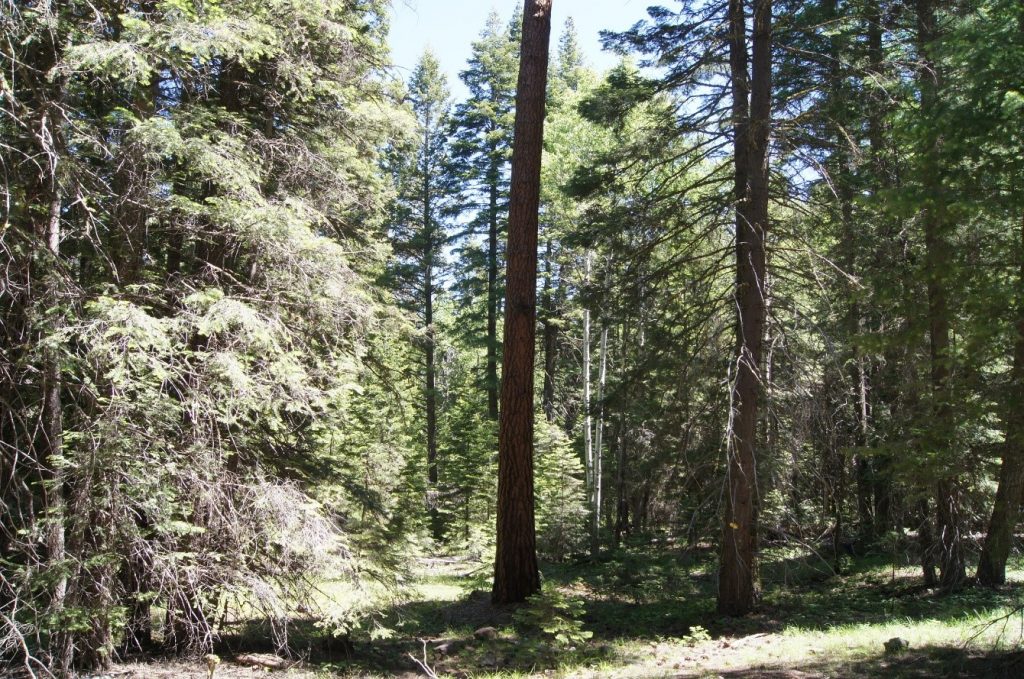NWTF, USDA Forest Service Collaborate on Critical Aspen Restoration in Oregon
EDGEFIELD, S.C. — The National Wild Turkey Federation and the USDA Forest Service have entered into a new agreement to boost conservation efforts in Oregon’s Malheur National Forest. This collaboration focuses on restoring vital aspen habitat within the Damon Project area, a priority watershed for conservation, restoration and habitat enhancement. The area is recognized as one of the top twelve watersheds in the region for aspen habitat, making this work crucial for maintaining ecosystem health.
The Damon Project is located on the Blue Mountain Ranger District, approximately three miles north and south of Seneca, Oregon. The project is divided into two portions—Damon North and Damon South—separated by Bear Valley. This area falls within the NWTF Blue Mountain Focal Landscape and adjacent to another ongoing stewardship project between the NWTF and the Forest Service, the Starr Aspen Project.
“Aspen stand health and vigor is in decline within the Damon Project area,” said Krista Modlin, NWTF district biologist for California, Oregon, Washington and Nevada. “Conifer encroachment and ungulate browsing (big-game and livestock) were identified as two major factors impacting aspen health within the project area. Overall, these aspen stands consist of a suppressed understory and/or conifer encroachment, an absent mid-story and an attenuating overstory. Many of the aspen stands within this watershed consist of only a few remnant aspen trees.”


In 2010, the Forest Service authorized a total of 619 acres for aspen restoration on 190 individual aspen stands using both commercial (removing marketable trees) and non-commercial treatments (removing smaller, non-valuable trees). These treatments are designed to remove the suppressing conifers in the overstory and mid-story, allowing more sunlight to reach the ground, which in turn promotes aspen suckering and regeneration.
In 2017-2018, the Forest Service, in partnership with the Rocky Mountain Elk Foundation and the Oregon Department of Fish and Wildlife, completed all commercial treatments. After removing the commercial conifers, the material was strategically arranged to shield young aspen suckers (shoots that grow from aspen roots and serve as a primary method of regeneration) from ungulate browsing. Excess downed wood was lopped, scattered and piled for burning to reduce wildfire fuels.


The new agreement between the NWTF and the Forest Service builds upon past efforts and will work to implement 390 acres of conifer thinning and 200 acres of fence construction to protect against ungulate browsing, enhancing the habitat for wild turkeys and other wildlife species. By thinning competing conifers, the NWTF and the Forest Service aim to alleviate the suppression of aspen stands, promoting healthy regeneration and ensuring the longevity of this critical habitat.
The Oregon NWTF State Chapter has contributed $14,000 to the project, with the NWTF overseeing the contract to implement the work.
About the National Wild Turkey Federation
Since 1973, the National Wild Turkey Federation has invested over half a billion dollars into wildlife conservation and has positively impacted over 23 million acres of critical wildlife habitat. The NWTF has also invested over $10 million into wild turkey research to guide the management of the wild turkey population and to ensure sustainable populations into perpetuity. The organization continues to deliver its mission by working across boundaries on a landscape scale through its Four Shared Values: clean and abundant water, healthy forests and wildlife habitat, resilient communities, and robust recreational opportunities. With the help of its dedicated members, partners and staff, the NWTF continues its work to provide Healthy Habitats. and Healthy Harvests. for future generations.
